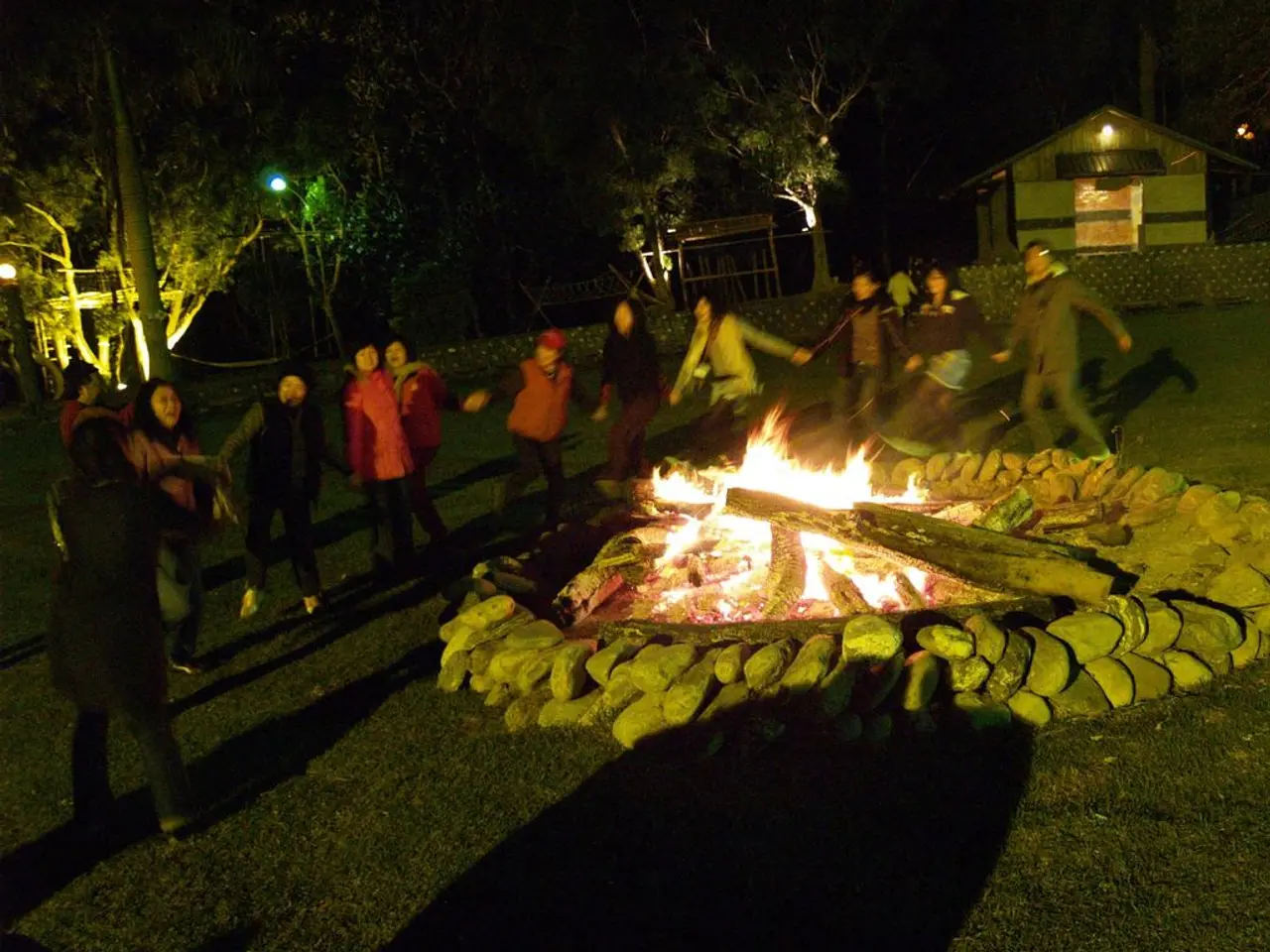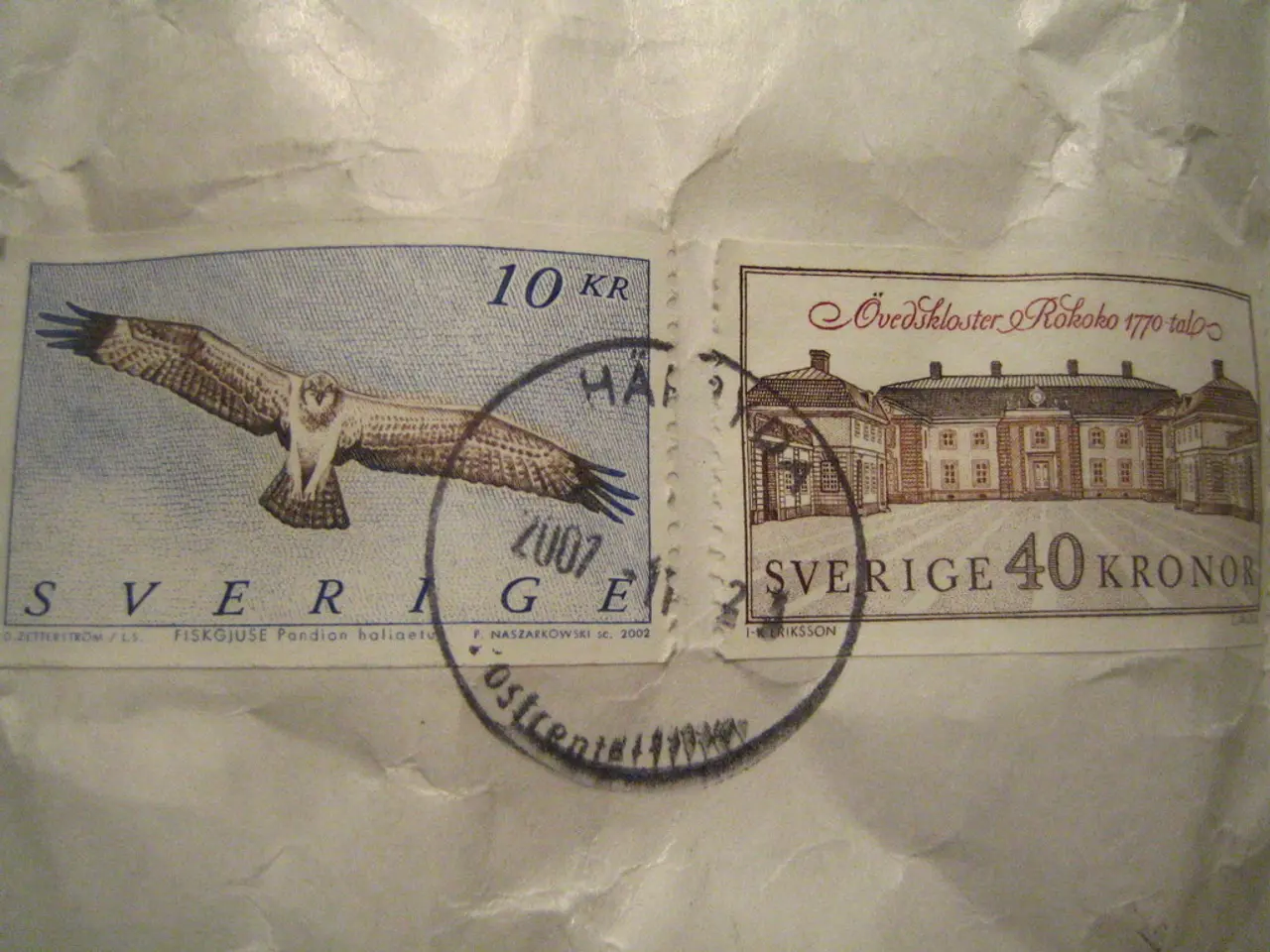Outdoor Choreography Activities Drawn from Nature's Splendor to Inspire Awe
In the realm of dance, nature serves as a boundless source of inspiration. From the delicate patter of raindrops to the powerful surge of ocean waves, these elements have found their way into choreography, transforming dance floors into vibrant landscapes.
One such innovation is the Gentle Rain Pattering, which creates delicate finger and foot work that mimics raindrops on different surfaces. Floating Cloud Formations, on the other hand, create overhead canopy effects using lightweight fabric pieces that dancers manipulate while moving in slow, drifting patterns. These activities not only captivate audiences but also help dancers develop authentic expression while building deeper environmental awareness and physical skills.
The wind, a constant force in nature, offers endless possibilities for dynamic movement exploration. Dancers can embody the unpredictable gusts and gentle breezes, creating movements that are as fluid as the air itself. Flocking choreography, for instance, develops group coordination as dancers move in synchronized V-formations like migrating geese, while Forest Creature Characteristics capture the quick, darting movements of squirrels and chipmunks through rapid footwork and sudden directional changes.
Nature's fluidity offers dancers endless inspiration for graceful movement exploration. Water's natural fluidity, for example, inspires movements that are smooth and continuous, mimicking a peaceful stream's steady flow. Waterfall Cascades involve movements that begin from high positions and let gravity guide dramatic descents to the floor, while Leaf in the Breeze Improvisations mimic autumn leaves caught in gentle gusts with slow, floating arm movements.
Weather-inspired choreography connects dancers to nature's most dramatic and ever-changing displays. Storm and Calm Contrasts build dramatic weather transitions by alternating between peaceful stillness and explosive storm movements, while Moonlight Gentle Movements explore the subtle, mysterious qualities of nighttime through soft, flowing choreography that emphasizes grace and tranquility.
Animal movement patterns offer dancers dynamic opportunities to explore power, stealth, and natural rhythms. Predator and Prey Dynamics challenge dancers to master controlled, silent movement as they embody hunting animals, while Bird Flight and Migration Patterns let you explore sustained, graceful extensions that mimic eagles or hawks riding thermal currents.
Climbing Mountain Peaks challenge dancers to embody the determination and strength required for mountain climbing, while Canyon Depth Explorations invite dancers to explore dramatic vertical space through controlled downward movements and echoing gestures.
Seasonal Transition Movements capture nature's gradual transformations through evolving movement qualities. Sunrise Awakening Sequences transform the gradual emergence of morning light into captivating choreography that builds from stillness to vibrant energy, while Thunderstorm Energy Bursts channel lightning's sudden power through explosive movement sequences.
Outdoor dance experiences amidst nature further heighten dancers’ emotional connection to ecosystems and inspire mindful movement incorporating environmental themes. Dancing in natural settings can also improve body alignment, balance, range of motion, and muscle control, as seen in the use of spirals and fluid weight shifts resembling water movements, such as in the Graham Technique.
Nature-inspired dance activities also include improvisation based on natural elements, dance games for children using nature-inspired props, and the use of improvisation and choice-based movement exercises to push dancers beyond technical repetition into explorative bodily responses informed by natural textures, rhythms, and spatial dynamics.
In summary, nature-inspired dance activities blend improvisational exploration, technical elements mimicking natural dynamics, and outdoor/environmental engagement to nurture technical proficiency and a deeper awareness of the natural world. This holistic approach benefits dancers of all levels—from children’s games to advanced contemporary and classical technique classes.
- In addition to dance, nature's influence extends to various aspects of lifestyle, including fashion-and-beauty, as seen in attire inspired by aquatic animals, or home-and-garden, with décor mimicking rustic landscapes.
- Just as nature inspires dance, it also inspires food-and-drink creations, such as dishes named after sea creatures or drinks featuring unique natural flavors like lavender or elderberry.
- Beyond dance and culinary arts, nature plays a vital role in education-and-self-development, with outdoor learning environments designed to foster curiosity and immersion in nature, promoting a deeper understanding of general-news topics related to environmental conservation and sustainable living.




